What is French Terry Loop Back Fabric
French terry fabric is a popular textile known for its unique texture and versatile uses in clothing. French terry is a knit fabric, constructed using a knitting technique that gives it flexibility and comfort. This fabric stands out due to its soft feel and distinctive loops on the inside, which make the fabric absorbent and a favored choice for various types of garments. Whether you’re shopping for gym wear or cozy loungewear, understanding the qualities of French terry fabric can help you make informed decisions about your wardrobe.
Introduction to French Terry Fabric
French terry is a highly versatile knit fabric celebrated for its soft texture and smooth surface, making it a favorite for both gym and loungewear. What sets French terry fabric apart is its unique construction: the inside features small loops that enhance absorbency and comfort, while the outside remains smooth and polished. This combination of textures provides a gentle feel against the skin and a clean look on the outside, ideal for making pullovers, pants, and other comfortable clothes.
French terry fabric is sold by a wide range of brands and is available in various types and weights, allowing you to find the perfect match for your needs—whether you’re looking for something lightweight for layering or a heavier option for warmth. Its natural stretch and flexibility make French terry especially popular for activewear and casual outfits that require ease of movement.
To maintain the quality of your French terry clothes, it’s best to wash them in cold water and tumble dry on low heat. This gentle care routine helps preserve the fabric’s soft texture, smooth surface, and the integrity of the loops inside, ensuring your garments stay comfortable and looking their best over time.

What is French Terry Fabric?
French terry fabric is a type of knit textile characterized by a smooth surface on the outside and looped texture on the inside. These loops create a soft, absorbent, and breathable interior that offers comfort and breathability, while the smooth exterior provides a clean, polished look. The fabric’s unique construction makes French terry ideal for clothes that require both comfort and style.
Characteristics of French Terry Fabric
One of the defining features of French terry fabric is its weight. It typically has a medium weight, which gives it enough substance to provide warmth without feeling heavy. The fabric also offers a natural stretch, allowing for ease of movement, which is especially beneficial in activewear and casual clothing. The loops inside the fabric not only contribute to its softness but also enhance its moisture-wicking properties, making French terry fabric suitable for gym clothes and everyday wear.
Benefits of French Terry Fabric
French terry fabric offers several benefits that make it a top choice for many clothing items. Its absorbent loops wick moisture away from the body, keeping you dry during workouts or daily activities. The smooth surface on the outside gives garments a neat, stylish appearance, while the fabric’s natural stretch ensures comfort and flexibility. Additionally, French terry fabric's medium weight provides warmth without bulk, making it perfect for layering or wearing on its own.
Types and Applications of French Terry Fabric
French terry fabric comes in a variety of types, including pure cotton, polyester, and blended options. Each type offers its own unique characteristics—cotton French terry is known for its breathability and softness, while polyester blends can add durability and enhance stretch. The weight of the fabric can range from lightweight for layering pieces to heavier options for cozy loungewear, allowing you to select the right texture and feel for your project.
This fabric is widely used for making clothes such as sweatshirts, hoodies, joggers, and other loungewear essentials. Its moisture-wicking properties and comfortable stretch also make French terry a top choice for gym wear, providing both flexibility and support during workouts. When choosing French terry fabric for your next project, consider factors like weight, stretch, and care instructions to ensure you find the best match for your needs.
Maintaining French terry fabric is simple—wash in cold water and tumble dry on low heat to keep the fabric’s texture and stretch intact. With its range of types and easy care, French terry fabric remains a popular and practical choice for making a variety of comfortable, stylish clothes.
Common Uses of French Terry Fabric
French terry fabric is widely used in making pullovers, sweatshirts, joggers, and other loungewear items. It is especially popular in athleisure wear, blending athletic and leisure styles for versatile everyday outfits. Its comfortable texture and stretchability make it a go-to choice for gym enthusiasts who need breathable and flexible clothing. Additionally, French terry fabric is popular among all age groups due to its durability and ease of care, making it a staple in both casual and athletic wardrobes.
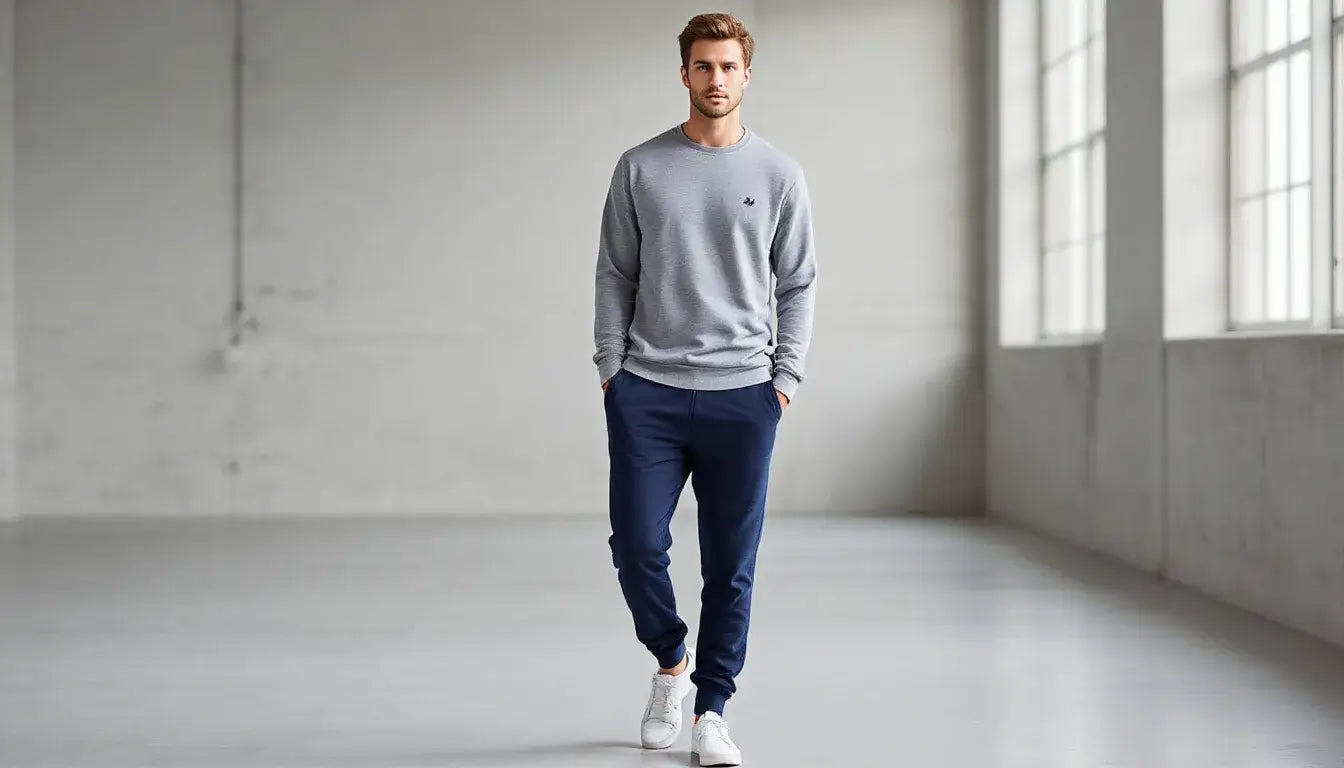
Why Choose Sustainable French Terry?
French terry fabric is gaining recognition not just for its comfort and versatility, but also for its potential as a sustainable choice in today’s fashion landscape. The eco-friendliness of French terry largely depends on the materials and processes used in its making. When crafted from organic cotton, this fabric stands out for its reduced environmental impact. Organic cotton is grown without harmful pesticides or synthetic fertilizers, helping to maintain soil health and conserve water, while also supporting biodiversity.
The production of sustainable French terry fabric often involves environmentally conscious practices, such as using natural dyes that are gentler on the planet compared to conventional synthetic options. Additionally, the inherent durability and medium weight of French terry mean that clothes made from this fabric tend to last longer, reducing the need for frequent replacements and minimizing textile waste. This longevity is especially valued in loungewear and pullovers, where the soft texture and resilient loops inside the fabric maintain their comfort and appearance over time.
Caring for your French terry clothes in an eco-friendly way is another important aspect of sustainability. Washing garments in cold water and opting for a gentle cycle helps preserve the fabric’s smooth surface and stretch, while also saving energy. Tumble drying on low heat is recommended to maintain the fabric’s weight and prevent damage to the loops and texture inside. Choosing mild, eco-friendly detergents and avoiding bleach further protects both your clothes and the environment.
For those interested in making their own sustainable clothes, it’s worth seeking out French terry fabric made from organic or recycled fibers. Many fabric stores and online retailers now stock a variety of eco-friendly options, allowing you to select the right type and weight for your project—whether you’re crafting pullovers, loungewear, or other comfortable pieces. Look for certifications like GOTS (Global Organic Textile Standard) to ensure the fabric meets high environmental and social standards.
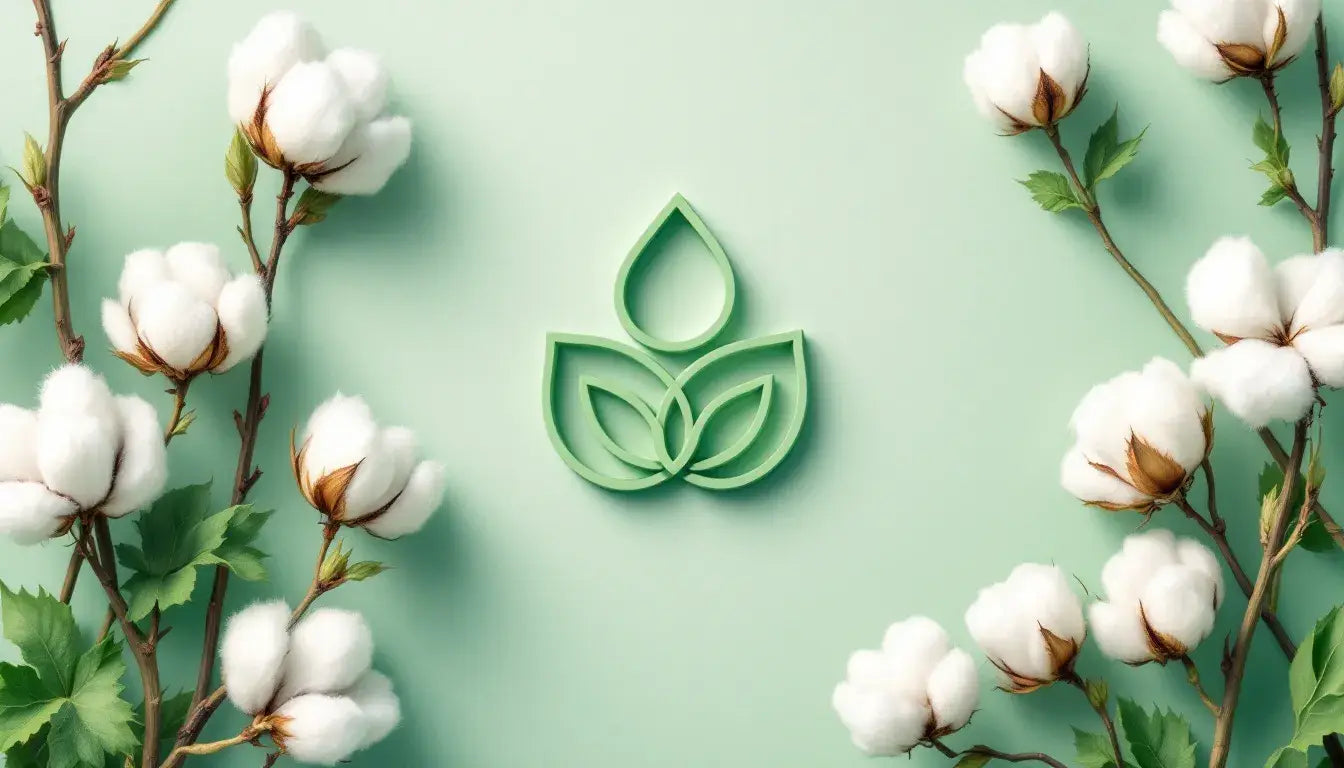
As more consumers prioritize sustainability, the demand for responsibly made French terry fabric continues to grow. By choosing eco-friendly materials and following proper care routines, you can enjoy the soft, smooth texture and reliable stretch of French terry while supporting a more sustainable approach to fashion. Whether you’re updating your wardrobe or making new clothes, opting for sustainable French terry fabric is a simple yet impactful way to help maintain a healthier planet.
How to Care for French Terry Fabric
Maintaining French terry fabric is relatively straightforward. To keep your clothes looking fresh and soft, it is recommended to wash them on a gentle cycle with cold water. Avoid using harsh detergents or bleach, as these can damage the fabric's fibers and affect its texture. After washing, tumble drying on low heat is advisable to prevent shrinkage and maintain the fabric’s stretch. Proper care helps preserve the loops inside the fabric, ensuring that your garments remain comfortable and durable over time.
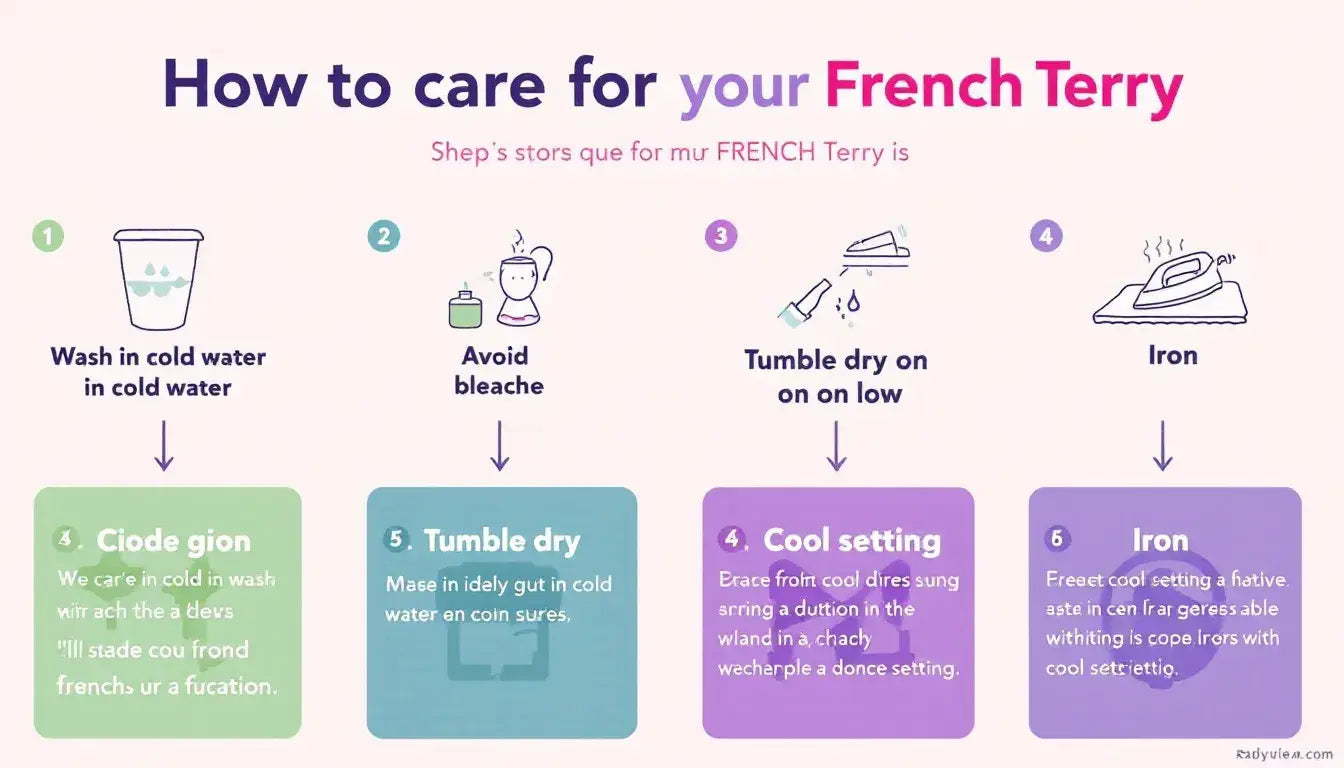
Where to Find French Terry Fabric
French terry fabric is commonly sold in fabric stores and online shops specializing in textiles. When looking to purchase, it’s important to consider the type and weight of the fabric to suit your specific needs, whether for sewing your own clothes or buying ready-made items. Many retailers stock a variety of French terry types, ranging from lightweight options ideal for warmer weather to heavier versions suitable for cooler climates.
Conclusion
In summary, French terry fabric is a versatile and comfortable textile that combines a smooth surface with a soft, looped interior. Its medium weight, natural stretch, and durability make it an excellent choice for gym wear, loungewear, and casual clothing. By understanding how to care for French terry and where to find quality fabric, you can enjoy the many benefits this material offers for years to come. Whether you are making your own clothes or selecting garments from a store, French terry fabric is a reliable and stylish option worth considering.
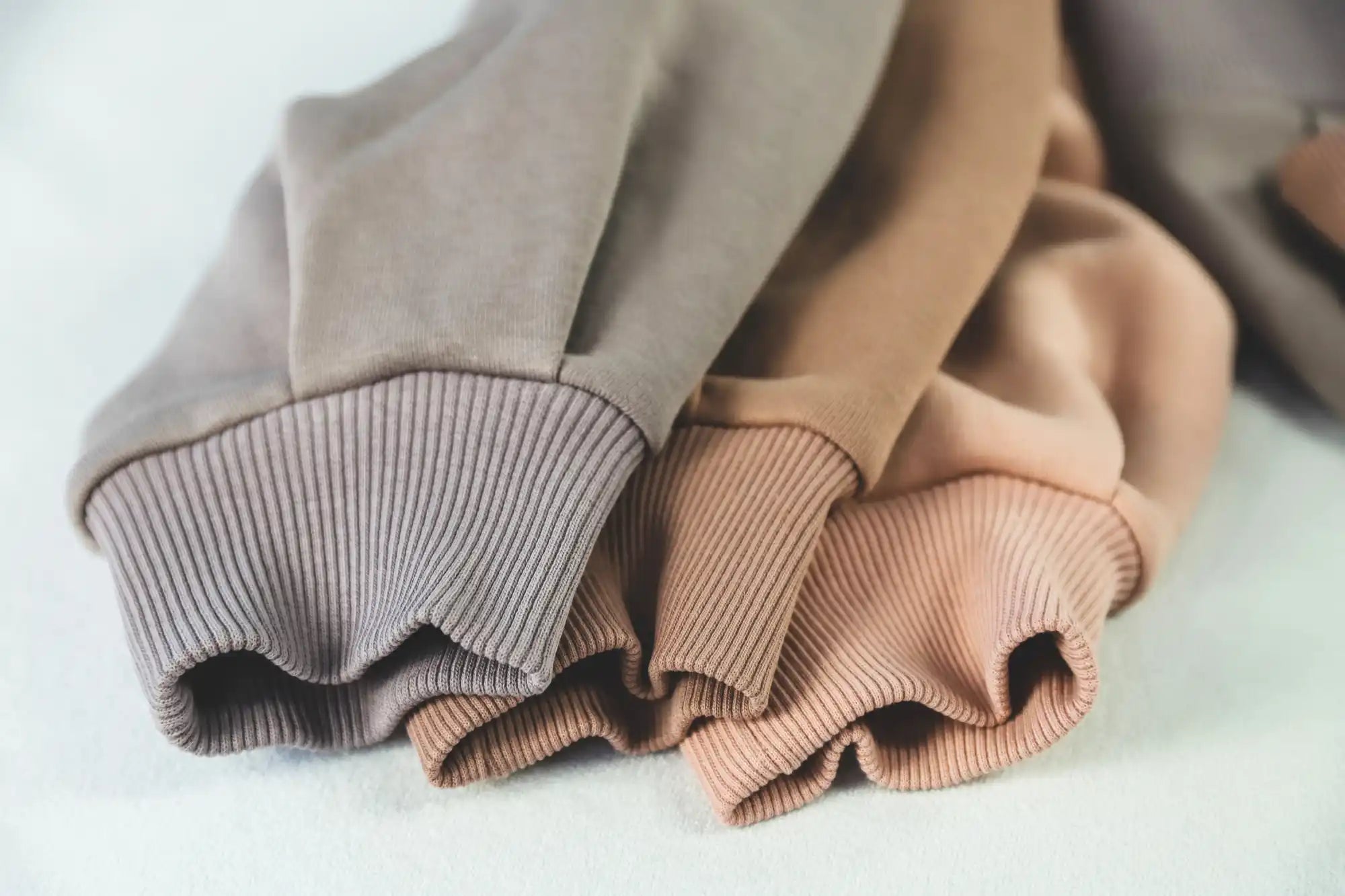
Materials & Fabrics for Clothing Production
Explore cotton, French terry, jersey, fleece, and sustainable blends used in premium apparel manufacturing.
Explore Premium Apparel Fabrics Guide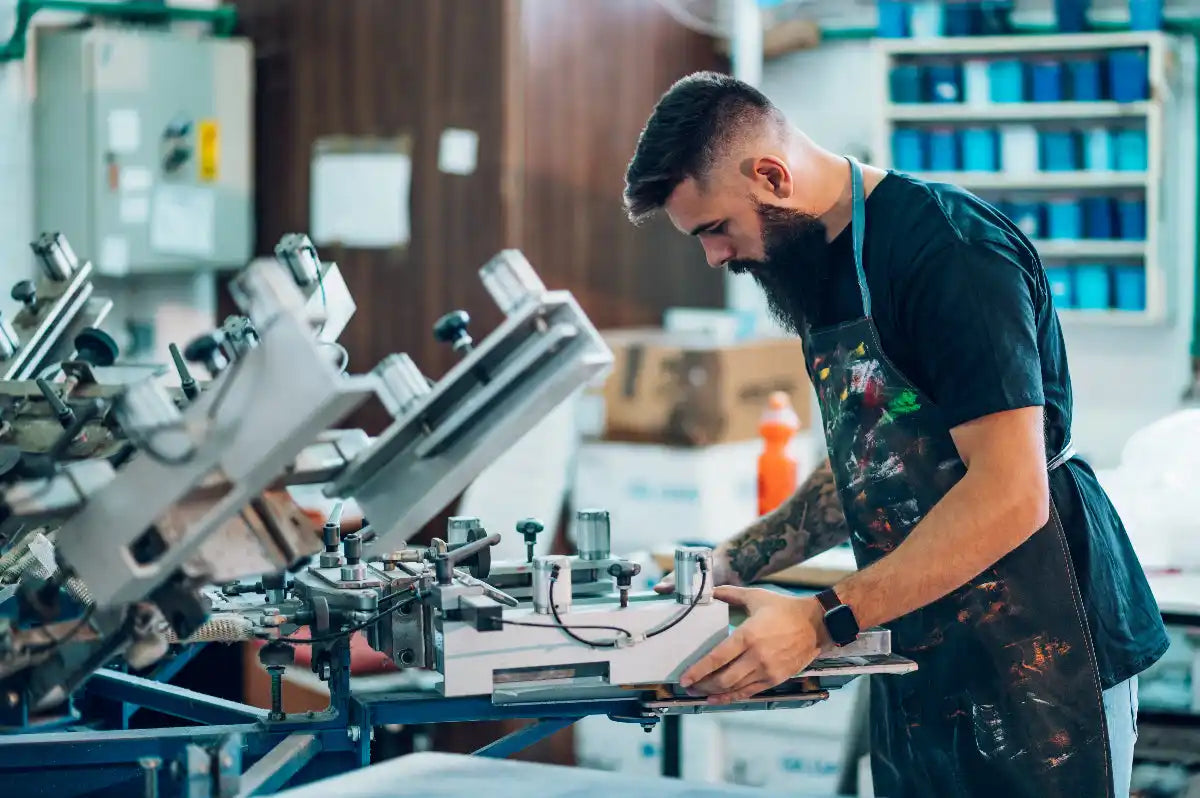
Printing Techniques for Apparel Production
Screen printing, embroidery, puff prints, and digital methods for custom clothing manufacturing.
Explore Custom Apparel Printing Techniques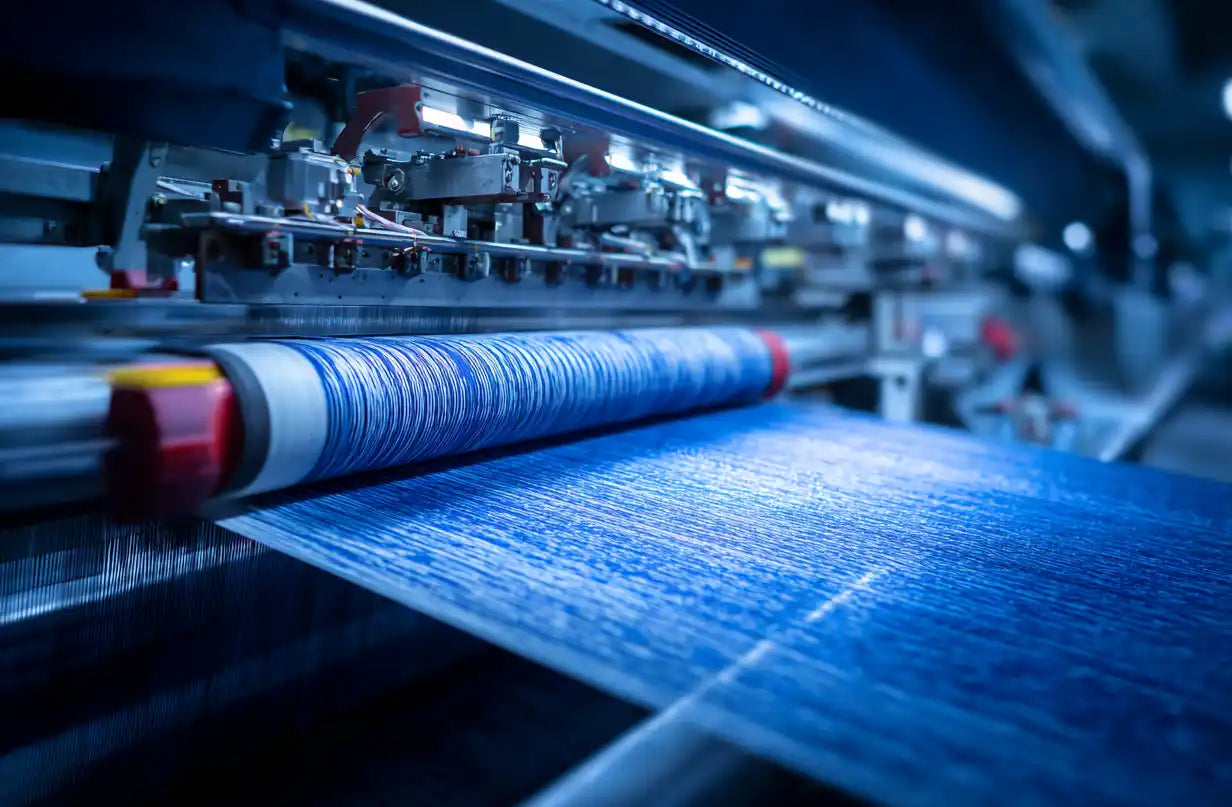
Dyeing Techniques in Clothing Manufacturing
Garment dye, pigment, acid wash, and stone wash finishes that create unique apparel designs.
Compare Apparel Finishing Techniques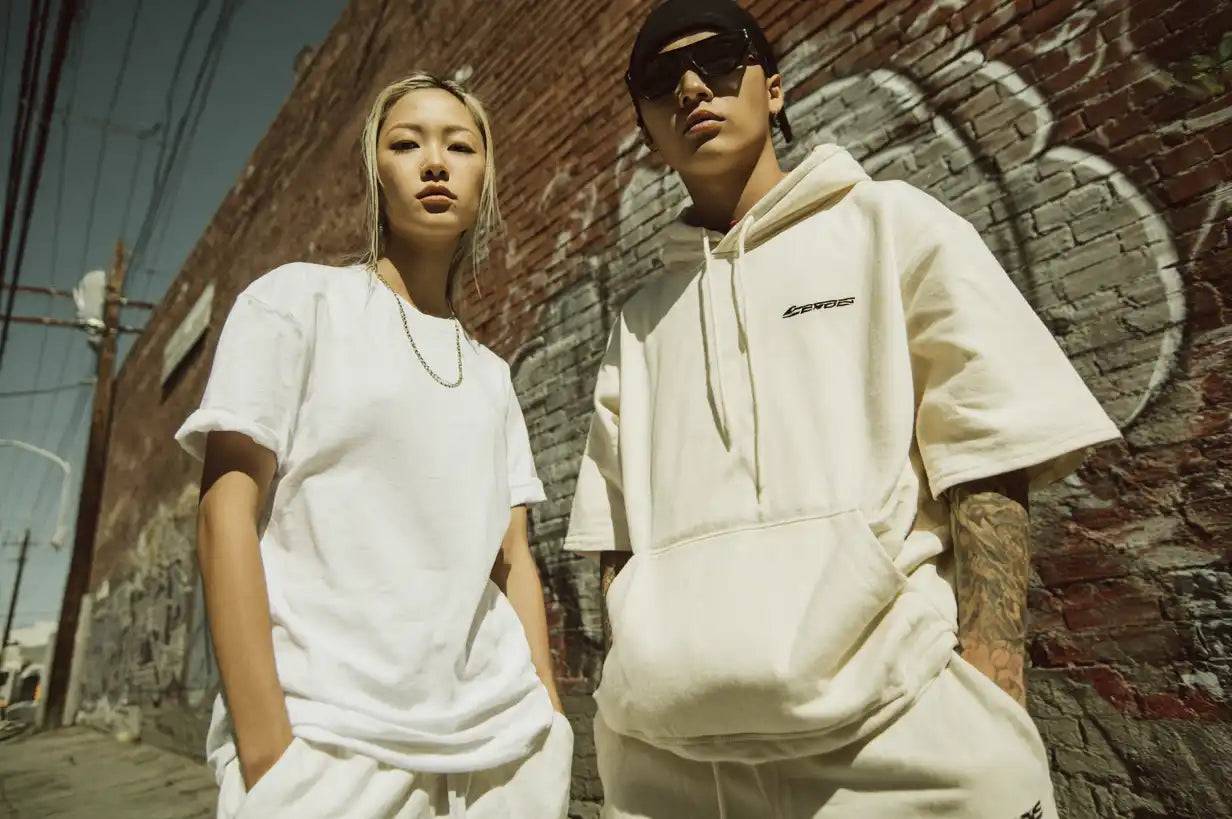
Popular Clothing Items for Custom Apparel
Hoodies, joggers, t-shirts, leggings, and biker shorts — essentials for every apparel collection.
Explore Popular Custom Clothing Items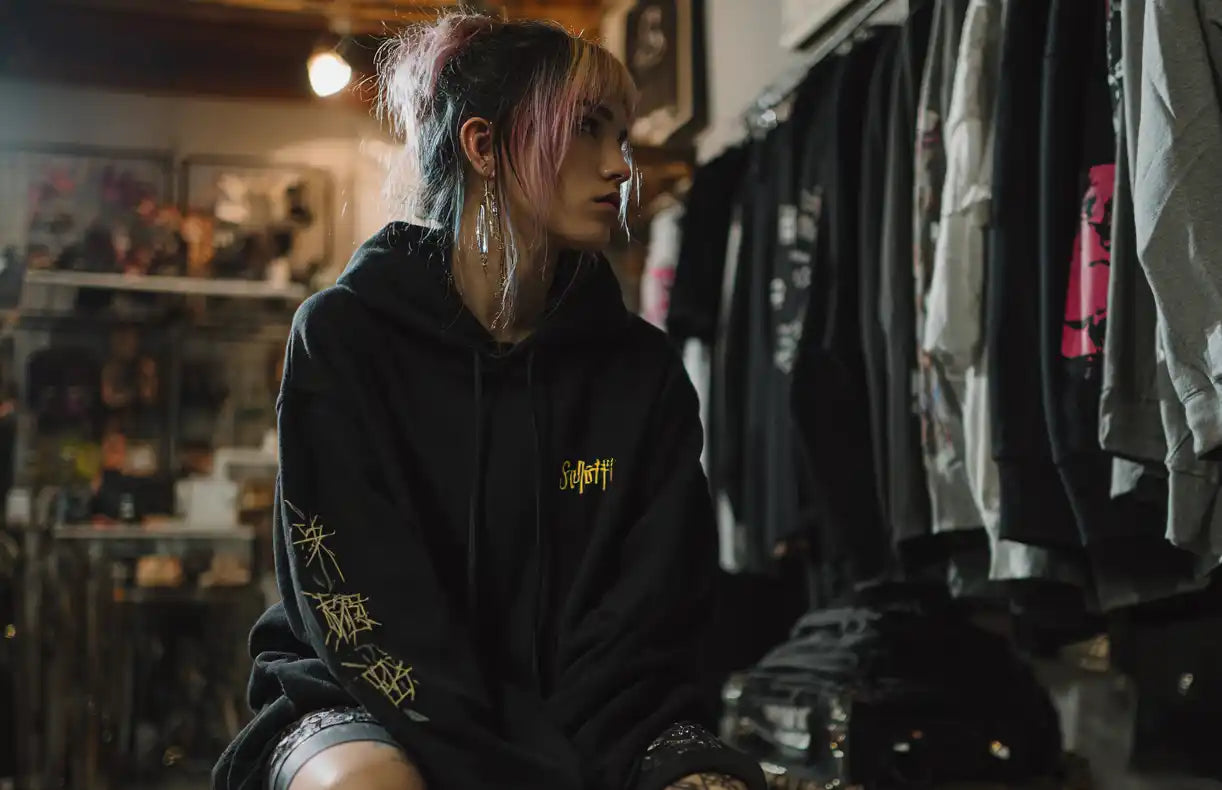
Trends & Designs in Modern Apparel
Oversized fits, streetwear influences, and activewear styles driving custom clothing production.
Explore Trends & Designs for Apparel Development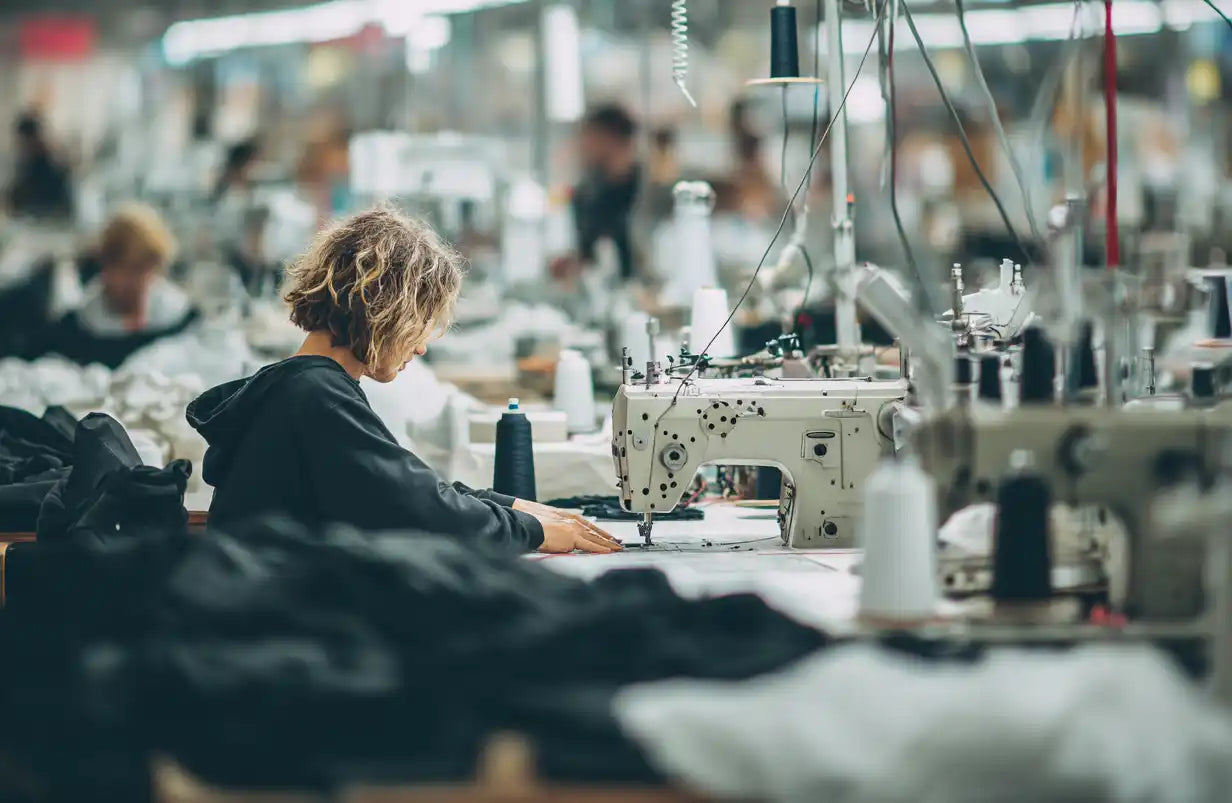
Sustainable & Ethical Clothing Production
OEKO-TEX® certified fabrics, organic cotton, and ethical apparel manufacturing in Portugal.
Understand Sustainable & Ethical Clothing Production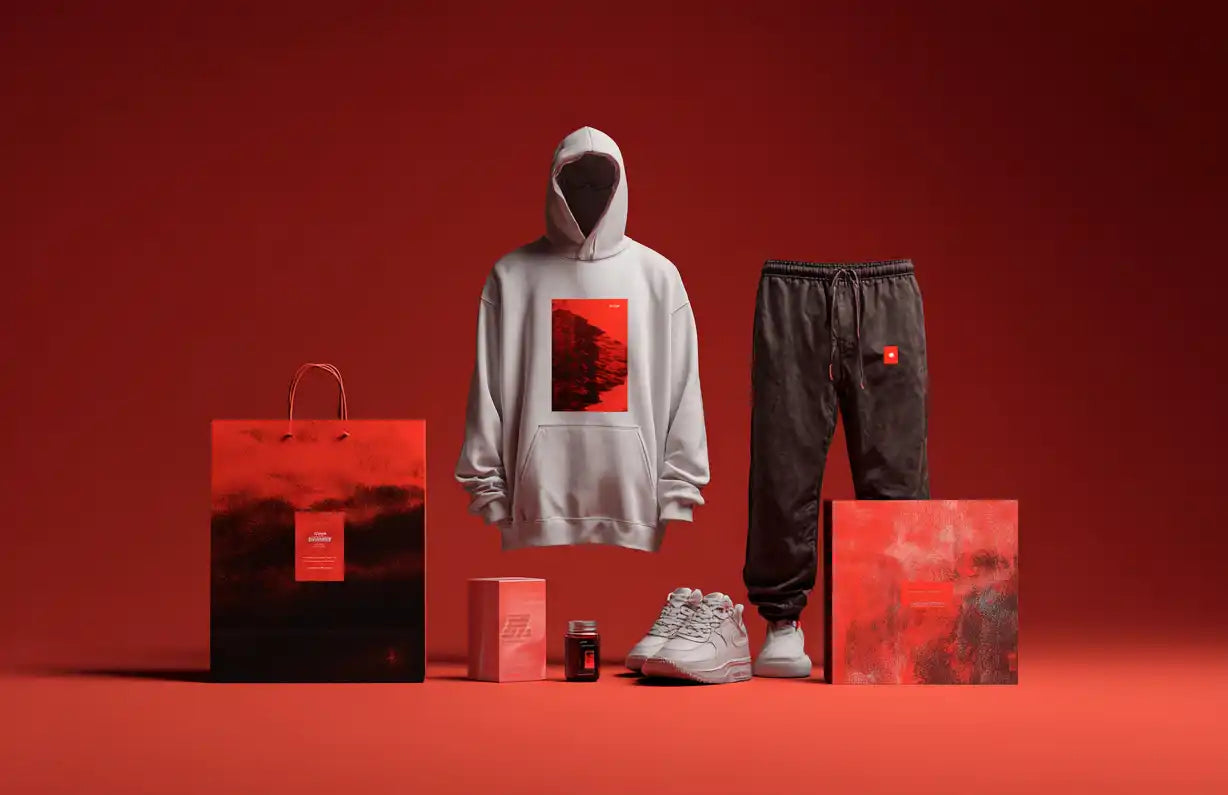
Essentials for Custom Clothing Production
Custom labels, packaging, and trims that elevate your apparel brand in production.
Explore Essentials for Custom Clothing Production
Resources for Custom Clothing Production
Startup guides, logistics support, and scaling strategies for apparel brands and wholesale clients.
Explore Resources for Custom Clothing Production
Clothing Manufacturing Glossary
Explore a complete glossary of clothing and garment manufacturing terms
The Complete Clothing Manufacturing Glossary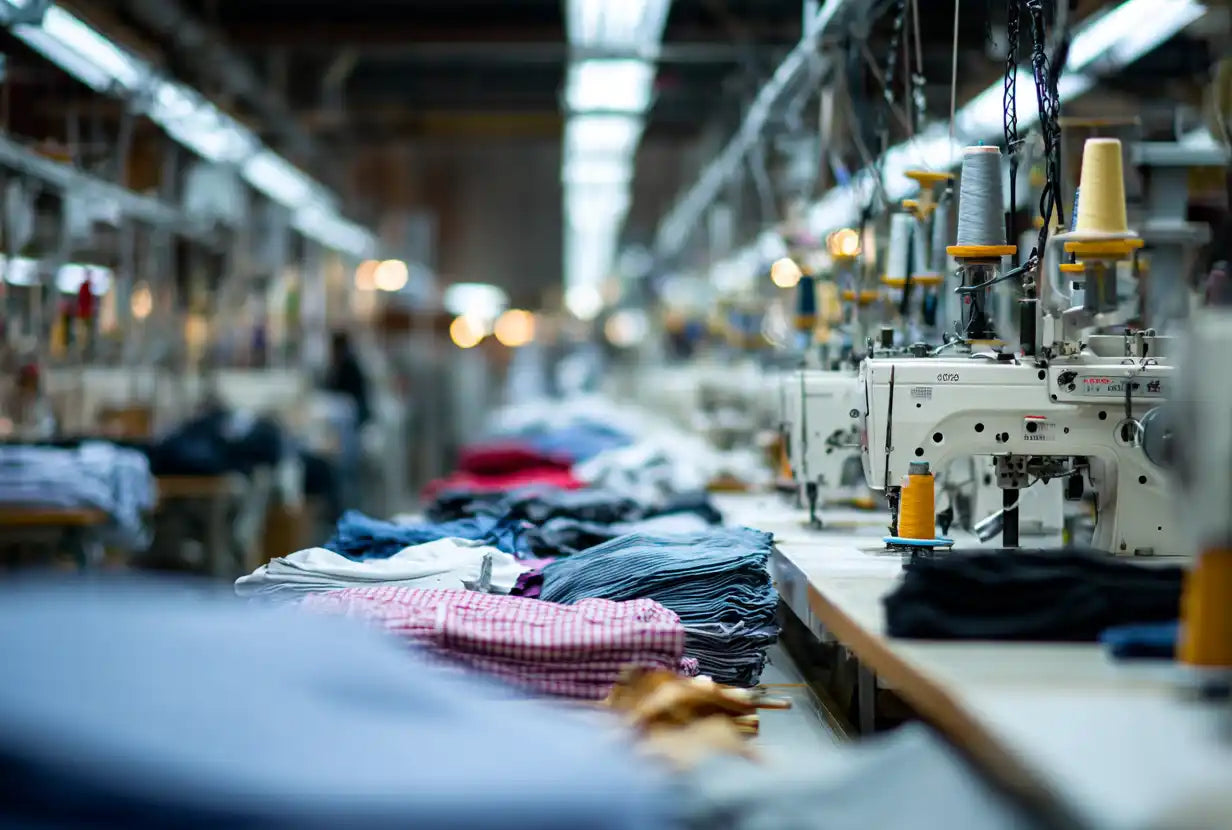
The Best Clothing Manufacturers
Explore global clothing manufacturers by country
Explore The Best Clothing Manufacturers
The Latest Clothing Industry Updates in 2025
Discover the latest news about important topics in the clothing industry in 2025,
Stay On Top Of Clothing Industry Updates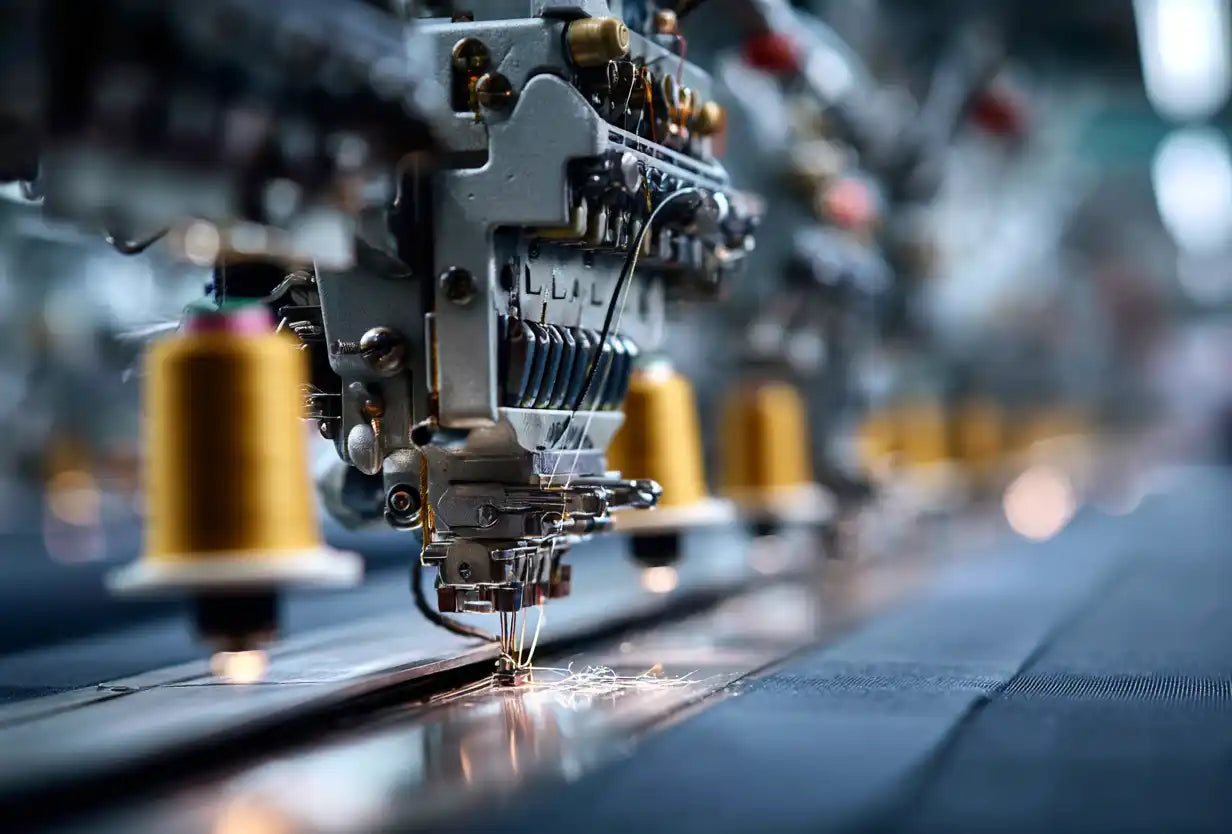
Worldwide Best Manufacturers of Clothes in 2026
Top clothing manufacturers worldwide organized by product type
Find The Worldwide Best Manufacturers of Clothes